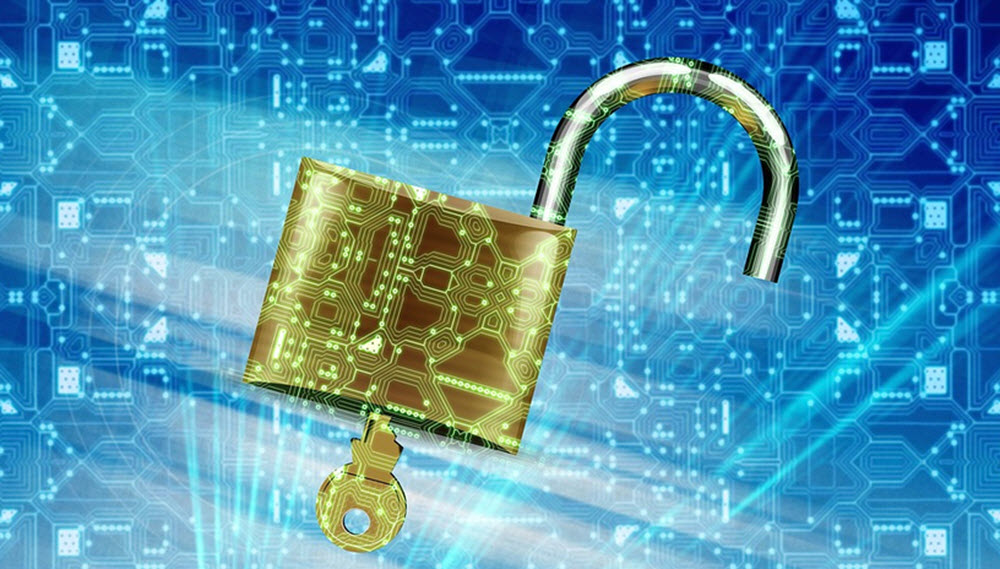Definitive guide for blocking content
Contents
This is a guide to help you block a lot of the adult content available online. No block is a hundred percent efficient, but some efficiency is still better than none.

What content to block
When thinking about blocking content most people think about blocking pornographic content. This is a good start but there is a lot of other content that should be blocked. This includes hate sites, sites that promote criminal actions, gambling websites and numerous other topics that are unsuitable for children.
It is important to block different types of content to protect the children but it is also important not to go too far and block everything.
Filtering at the DNS level
DNS is the internet protocol that converts domain names into IP addresses. It is possible to use filters that work on this level, restricting the computer from accessing IP addresses for domains known to contain pornographic material.
So, how do we do this? First, you need to sign-up with a company that has a database of all the domains to block. I have used the CleanBrowsing service, but there are many others out there that work fine too.
Now, you open the Network Settings or WiFi Settings on the device, and change the DNS servers (also called NameServers) to the IP address provided by the company you signed-up with. The IP address will be a series of numbers, e.g. 185.228.169.168. In some cases, you need to change two IP numbers, but don’t worry, you will be provided with two IP numbers from the company.

Where do I find the NetWork Settings?
For Mac: Go to Settings->Network->Wifi->Advanced and change the DNS servers to point to the new IP number.
For Linux: Go to Settings->Network->Wifi->Advanced and change the DNS servers to point to the new IP number.
For Windows: Go to Control Panel->Network->Internet->Network Properties and configure the DNS servers to point to the new IP numbers.
For Chromebook: Go to Settings->Network->Wifi and configure the Custom NameServers to point to the new IP numbers.
For mobile devices using Apple software: Go to Settings->Wifi settings and configure the Nameserver to point to the new IP number.
Router level change
Alternatively, do the change at the router level, to block pornographic content for all devices that use that router to connect to the internet. This includes things such as desktop computers, mobile devices such as smartphones and tablets, the internet-connected TV, and gaming consoles such as Playstation, Nintendo Wii and XBOX. If a guest uses your router to connect their own device to the internet, the block works on that device as well.
Log in to your router, look for Settings or DNS Settings, and change the Nameserver to point to the new IP number.
Turn on Safe Search mode for search engines
Pretty much all of the major search engines have a Safe Search mode that you can turn on to restrict access to pornographic material. These blocks are not perfect, but having them turned on is better than using the search engines without them. Don’t forget to do it for the search function at YouTube as well!
Some services that you pay for and that help you with filtering (such as CleanBrowsing mentioned above) will automatically do this job for you if you allow them. They will automatically force Safe Search on all major search engines.
Enable parental control at the Operating System level
Most of the major operating systems, such as Windows and iOS, come with parental control options that can be used to prevent users of the device from accessing and changing the filtering settings unless they have a password. You keep the password to yourself and you don’t have to worry about other device users (kids, employees, etc) meddling with your filter settings.
Some operative systems also have a built-in filter that you can turn on to keep pornographic material out. The iOS used by iPhones and iPads does, for instance, have a filter where you can adjust the allowed content when it comes to movies, TV-shows, books, and websites. You can even set Siri to filter explicit language.
Bonus tips: Make it impossible to clear the browser history
No filter is perfect and even a combination of filters can let some ugly fishes slip through. It is therefore a good idea to regularly check the browser history to see if something unsuitable have slipped through. In some cases, you can add the domain name or IP address manually to the filter to prevent future access.
Of course, any reasonbly computer savy person who wishes to hide their internet activity will try to clear their browser history or use incognito mode, but with some devices, the parental control can be used to make it impossible to clear browser history without the password.